
Books
A family chronicle / list of people

Gisela K., born Tiedke (1911-1991) and Vollrat K. (1905-1944)
(grandparents of W.K.)
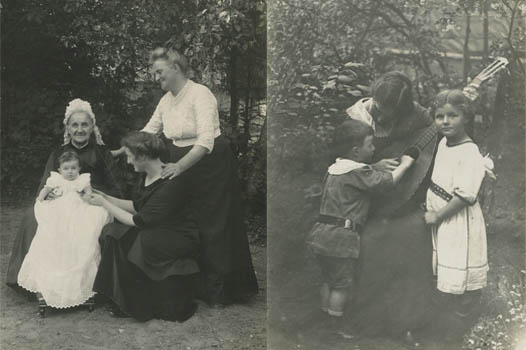
Little Gisela's christening, with her mother (Paula), grandmother (Dorothea) and great-grandmother (Antje), Kellinghusen 1911, right : Paula playing the lute, with her children Gisela and Wolfgang (in Kellinghusen around 1915)
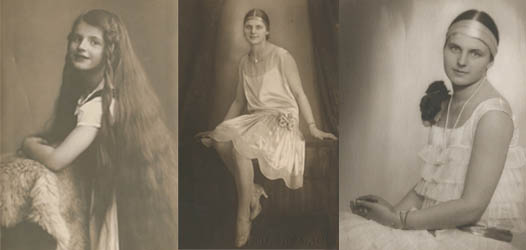
Gisela, as a little girl with long hair and when she was 16, in 1927, during her dance class
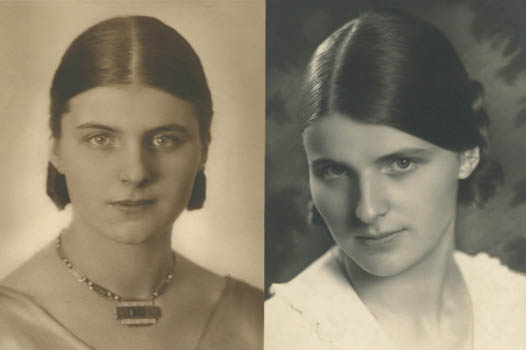
Gisela around 1934, pianist and teacher at the conservatory of Leipzig
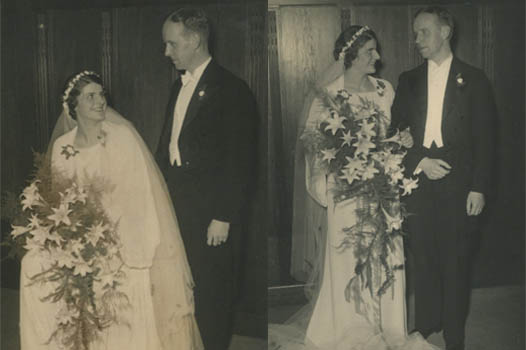
Gisela and Vollrat's wedding in 1937 in Leipzig
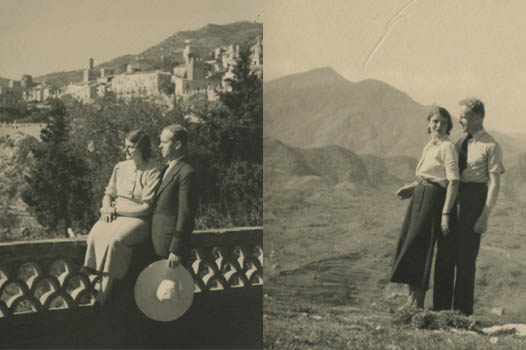
Honeymoon in Italy in 1937 (on the photo : Taormina in Sicily)
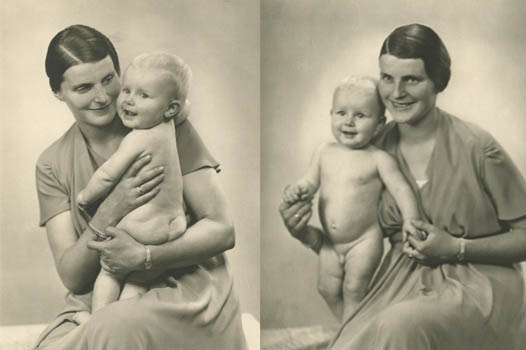
Gisela in 1938 with her first child, Berlt (1937-1947)
Gisela's family
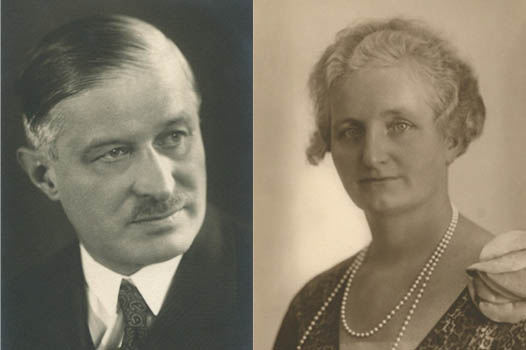
Johannes Tiedke, “Generaldirektor” of the Alte Leipziger and Paula, his wife and Gisela's mother
Johannes Tiedke (1881-1947)
“Self-made man”, son of a poor pastor in Brandenburg, paid for his own studies in Paris and Berlin in 1900-08, he made himself a name by 'saving' Victoria insurances in Berlin during the great inflation of 1923/24. He became the director of the “Alte Leipziger” in Leipzig in 1925, which under his leadership became the second most important insurance company in the country. He refused to join the Nazi party and allegedly was the only man in German high finance to have stood against Goebbels and Goering (who had him imprisoned by the Gestapo in 1939).
Paula, his wife
Pianist, one of the first women to enter the conservatory of Hamburg.
She seeked refuge with her children during the 1914-18 war in the small town of Kellinghusen in Schleswig-Holstein, where her mother lived and looked after the injured and orphans from the war. In 1945 Gisela and her children made the same journey.
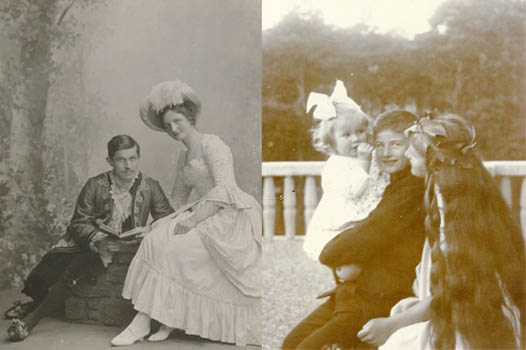
Johannes and Paula (engaged), wearing gowns Paula's mother had made for them (for one of the many parties she liked to organise), right, their three children: Gisela, Wolfgang and Inge (in Berlin in 1921)
Their children :
- Gisela (1911-1991)
- Wolfgang (1913-1987)
- Inge (1920)
Vollrat's family
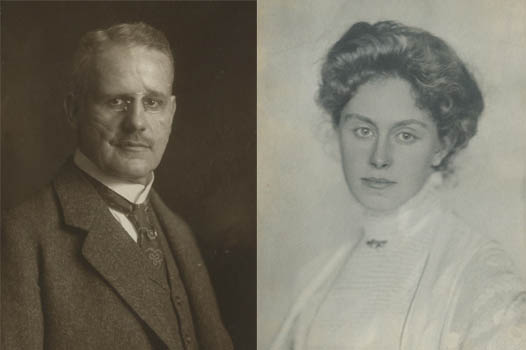
Magnus K., leader of the “deutsch-nationale Partei”, the conservative party of Mecklenburg and Anna, his wife and Vollrat's mother
Magnus I K. (XIXth century)
Owner of Greven, used to visit the Grand Duke of Mecklenburg in Schwerin (the duchy's capital) by a carriage drawn by six white horses. One of these carriages was used in 1945 for the children's flight.
Magnus II K. (1874-1937)
Grandson of Magnus I, jurist and politician of Mecklenburg, leader of the conservative party until the arrival of the Nazis. Eldest of eight children, he took over Greven after the death of his five brothers.
Anna, his wife
Daughter of a lawyer, niece of the Prime Minister of Mecklenburg who signed the abdication of the last grand duke in 1918.
Their children :
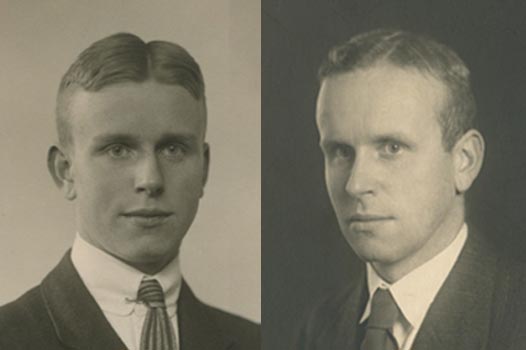
- Vollrat (1905-1944)
Studied agronomy and horse breeding as well as the art of painting (with Johannes Itten, of the Bauhaus movement, in Berlin and with Roger Bissière, at the Académie Ranson in Paris), married Gisela in 1937.
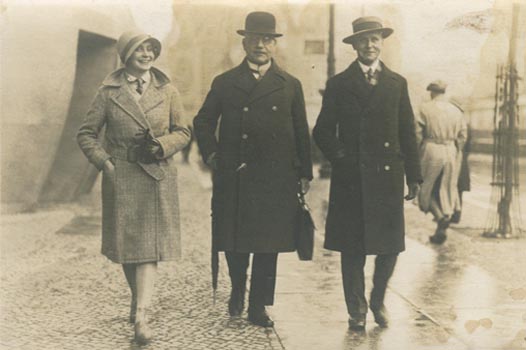
- Anna-Elise, called “Annalise” (1907-1992)
Studied painting with her brother with Johannes Itten in Berlin (where this photo was taken with him and their father). Then, like Gisela, became a war widow with four children.
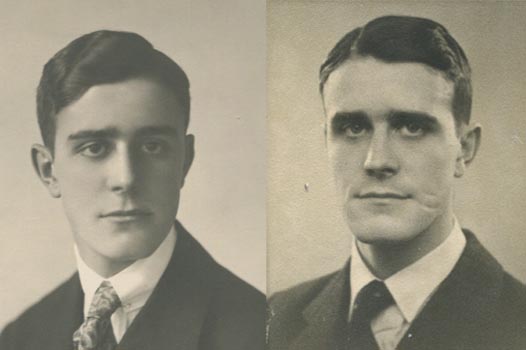
- Ernst (1911-1941)
Jurist, before and after his studies in Heidelberg where (like his father) the 'Vandals' took him in and gave him those big scars on the cheek called “Schmisse”.
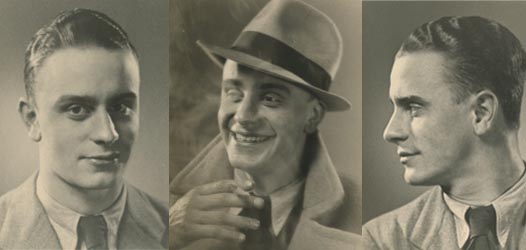
- Karl-Christian, called “Krischan” (1914-1942)
The youngest, ‘artist’ and ‘bohemian’ in Hamburg an Berlin. He liked music, theatre and opera and wanted to become a stage and movie director. The war made other plans and he committed suicide on the battlefront on his twenty-eighth birthday.
Greven
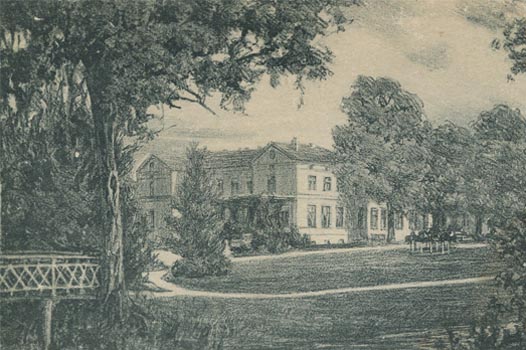
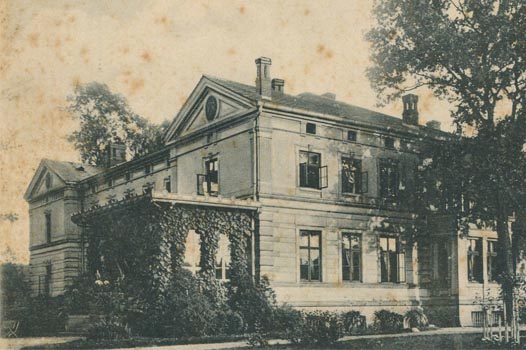
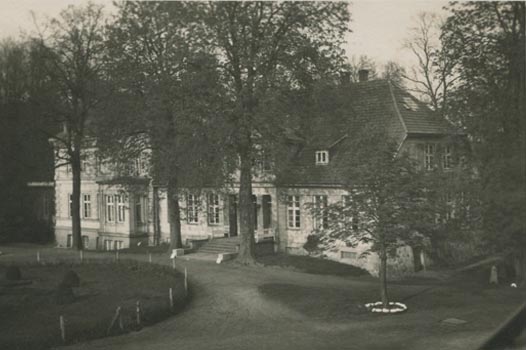
Greven's “Gutshaus”, a “knights-territory” (“Rittergut” in German) of 1.200 acres in Mecklenburg, where the K. family lived for five generations (until 1945)
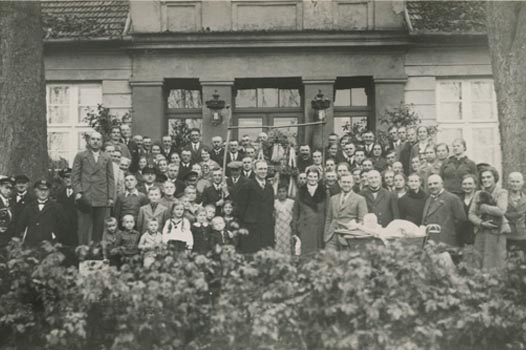
Vollrat & Gisela in 1938 with people from the “village” (“das Dorf”) who had been living and working for generations with the K. family in Greven right, Berlt in a pram, left, the children and the town band)
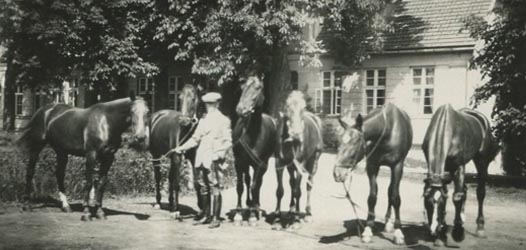
Vollrat and his favourite horses: on his left Amsterdam and Bayard and most likely on his right Roswith and Rena, who, according to Gisela, saved her childrens' lives in 1945
Other cited people
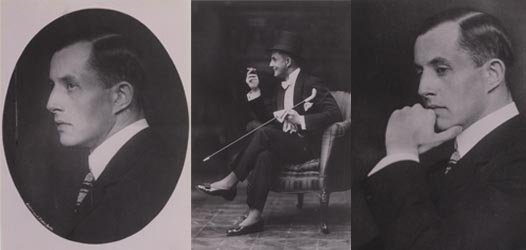
Bruno Kastner (1890-1932)
Actor, “silent movie star”, cousin of Johannes Tiedke and Gisela's eccentric uncle. Elected “best German actor” in 1921, Kastner was one of the stars of Germany's silent film industry, he specialised in the roles of lovers and was one of the first actors for whom entire series were filmed, such as Der König von Paris (The King of Paris) and Der Silberkönig (The silver king). In 1922, postmen were forced to bring him his fan mail in laundry baskets. After filming up to ten films a year, his career suddenly ended with the emergence of sound film in 1930. He started touring and female members of the audience got on stage to have their photo taken with their past idol. After two years of struggling, he committed suicide at the age of 42.
